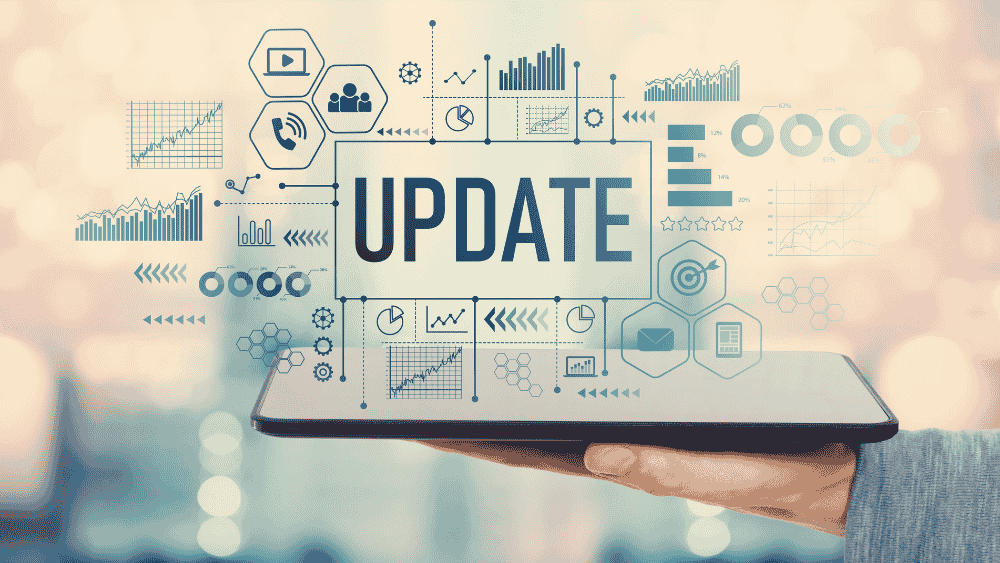Google continues its mission to refine search quality and deliver the best results to users, and the Google Search Spam Update (August 2025) is the latest step in that direction. This update focuses on improving how Google detects and filters out spammy content, manipulative SEO tactics, and low-quality pages that add little to no value for users.
Many websites have already reported ranking fluctuations, traffic drops, and changes in indexing behavior. For marketers and businesses, this August 2025 Spam Update serves as a wake-up call to revisit their content strategies, backlinks, and site quality.
In this article, we’ll explore what has changed in this update, how it affects rankings, and what website owners should do to stay on the right side of Google’s algorithms.
What Is the Google Search Spam Update?
A Google Search Spam Update is a targeted algorithmic change aimed at reducing the visibility of sites using spam techniques — such as keyword stuffing, cloaking, doorway pages, automated content, or manipulative link building.
While core updates focus on improving the overall quality of search results, spam updates specifically target violations of Google’s spam policies. These policies are designed to ensure that users find relevant, trustworthy, and human-generated content when searching.
The August 2025 Spam Update is a continuation of Google’s ongoing battle against low-quality, AI-generated, and deceptive content that manipulates rankings rather than providing value.
What Changed in the August 2025 Spam Update
The August 2025 Spam Update brought several changes that aim to refine Google’s detection systems. Although Google didn’t reveal specific algorithm details, early SEO data and industry observations highlight a few consistent trends:
1. Stronger Detection of Low-Quality and AI-Generated Content
Google has improved its systems to identify automatically generated content that lacks originality or usefulness. Pages that rely heavily on AI tools without proper editing or human input have seen ranking declines.
2. Stricter Action Against Spammy Link Building
Websites with unnatural backlink profiles — especially those engaging in link exchanges, paid links, or private blog networks — are facing ranking penalties. The update places more emphasis on link quality over quantity.
3. Increased Focus on User Experience
Google now considers user behavior signals like bounce rate, dwell time, and page engagement more closely. Pages that fail to hold user attention or provide clear navigation are seeing reduced visibility.
4. Improved Spam Detection in Non-English Content
Unlike earlier updates, this rollout has impacted websites globally, across multiple languages. The system enhancements help detect spammy behavior even in regions previously less affected.
5. Domain-Wide Impact
Instead of penalizing individual pages, the August 2025 Spam Update can demote entire domains if a significant portion of their content violates spam guidelines. This means even a few low-quality pages can harm a site’s overall trust signals.
Who Was Most Affected by the Update
The Google Search Spam Update has had varying effects across industries. Based on SEO performance reports and observed ranking shifts, here’s what we’ve seen:
- Affiliate websites with low-value reviews and repetitive content saw significant drops.
- AI content farms that mass-produce articles without proper editing or expertise lost visibility.
- Local business sites using outdated SEO practices like keyword stuffing or doorway pages were negatively affected.
- Sites using aggressive backlink tactics (like link exchanges and directory blasts) noticed volatility in rankings.
- Thin eCommerce pages with duplicate product descriptions or minimal content saw indexing issues.
In contrast, websites focusing on helpful, expert-written content, strong branding, and transparent SEO practices remained stable or even improved their positions.
How It Affects Search Rankings
The August 2025 Spam Update affects rankings in multiple ways. Some sites may experience immediate drops, while others might notice gradual traffic declines over weeks. The most common signs of impact include:
- A sudden fall in organic impressions and clicks
- Deindexing of pages or sections of the site
- Fluctuations in keyword rankings (especially for informational content)
- Reduced crawl frequency or indexing delays
For websites hit by the update, recovery may take several weeks — but it’s possible with consistent cleanup and optimization.
How to Recover from the August 2025 Spam Update
If your site has lost rankings or traffic after the Google Search Spam Update, the key is to focus on quality, transparency, and user intent. Here’s how you can recover effectively:
1. Audit Your Content Thoroughly
Identify thin, duplicate, or irrelevant content. Remove or rewrite pages that don’t add unique value. Every page should serve a clear purpose — to inform, solve a problem, or provide original insights.
2. Review Your Backlink Profile
Check for spammy, low-quality backlinks using Google Search Console or third-party tools. Disavow harmful links and focus on earning natural backlinks through genuine content marketing.
3. Prioritize E-E-A-T (Experience, Expertise, Authoritativeness, Trustworthiness)
Add author bios, cite credible sources, and create content backed by real experience. This builds Google’s trust in your website.
4. Optimize for User Intent
Ensure your page content directly aligns with what users are searching for. Use clean navigation, engaging visuals, and clear CTAs that guide visitors to the next step.
5. Fix Technical Issues
Check for crawl errors, slow loading times, and broken internal links. A technically sound site supports better crawling and user experience.
6. Keep Content Human-Focused
AI tools can assist, but always maintain human review and context. Add examples, case studies, and opinions that AI can’t replicate easily.
7. Be Patient
Spam recovery doesn’t happen overnight. Once you fix violations, Google needs time to recrawl and reassess your site. Focus on steady improvement rather than quick fixes.
Best Practices to Stay Safe in Future Updates
The Google Search Spam Update (August 2025) is a reminder that SEO success requires ongoing quality control. To avoid being hit in the future, follow these best practices:
- Publish original and authoritative content consistently.
- Avoid shortcuts like automated content generation or link trading.
- Build a diverse and credible link profile naturally.
- Ensure your site maintains fast loading speed and mobile responsiveness.
- Stay updated with Google’s official Search Central guidelines.
- Regularly audit your site for technical and content quality.
These habits help your site remain compliant with Google’s evolving spam policies.
What the Update Teaches About SEO in 2025
The August 2025 Spam Update reinforces a clear message: SEO isn’t about finding loopholes — it’s about building long-term value. Businesses that focus on ethical optimization, user satisfaction, and authentic expertise will continue to thrive.
For those affected, this is an opportunity to improve your site’s structure, refine content strategy, and build trust with both users and search engines. As Google becomes smarter at identifying manipulation, only those who prioritize transparency and real quality will sustain strong rankings.
Conclusion
The Google Search Spam Update (August 2025) has once again emphasized the importance of authenticity and quality in SEO. While many websites faced turbulence, those that follow clean SEO practices and invest in user-focused content are likely to emerge stronger.
Whether you’re managing a blog, eCommerce store, or business website, remember that search visibility is earned — not engineered through spam tactics. By continuously improving your website’s trust, authority, and relevance, you can ensure long-term stability even as Google’s algorithms evolve.

